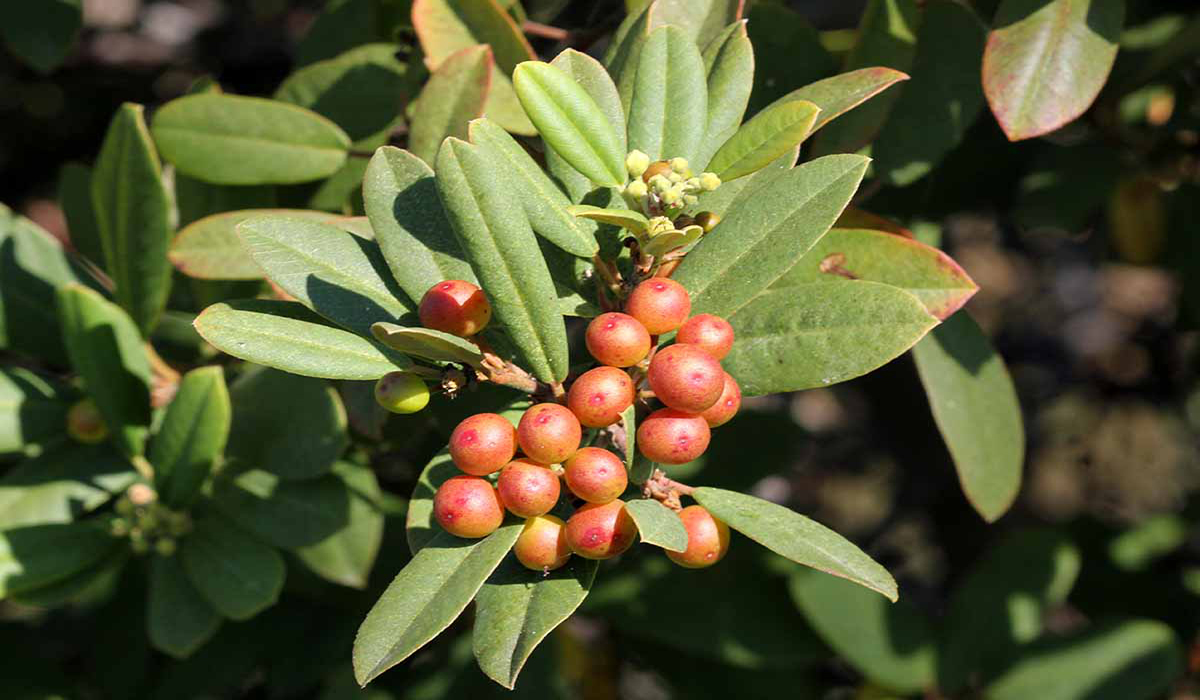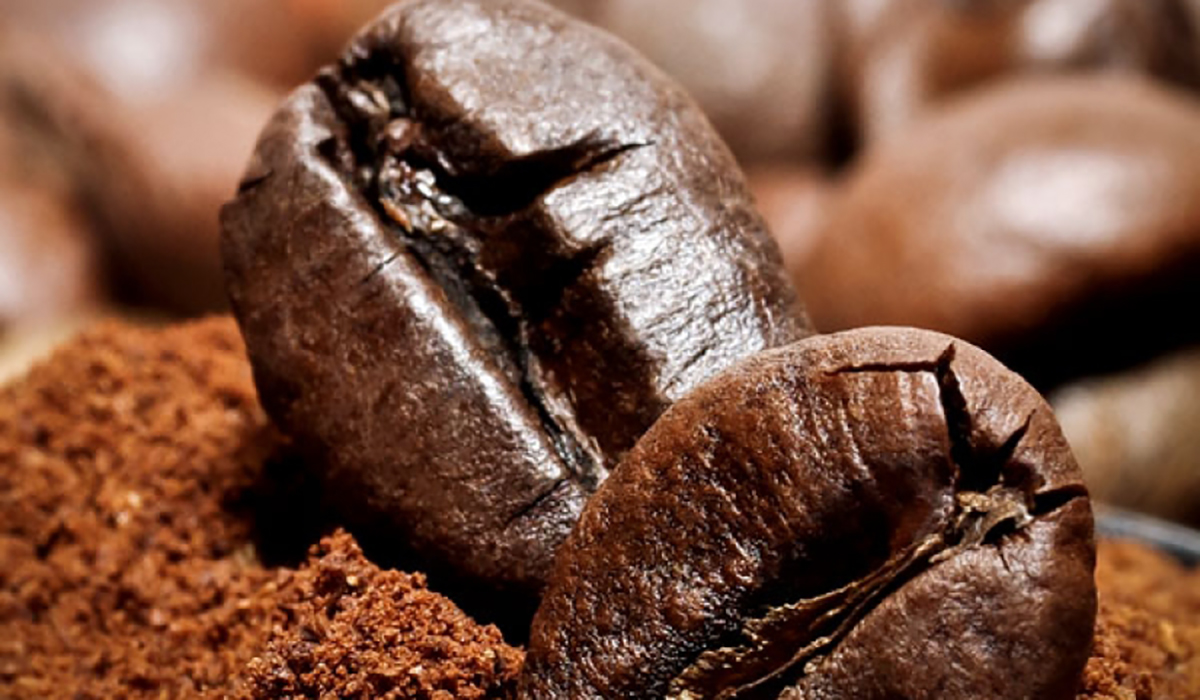How Long Does a Coffee Tree Live? Exploring the Life Cycle of a Coffee Tree

The coffee tree is one of the most widely used and beloved plants in the world, whose beans are known as the basis for one of the most popular beverages globally. But have you ever thought about the lifespan of a coffee trees? The age of a coffee tree has a significant impact on the quality and quantity of the beans it produces.
How Does a Coffee Tree Begin Its Life?
The life of a coffee tree begins with a small seed. If planted under suitable conditions, this seed will sprout into a tiny seedling. In its early weeks, the sprout requires gentle light, controlled humidity, and nutrient-rich soil to develop a strong root system. During this stage, the coffee sapling is extremely vulnerable and demands careful attention.
The Productive Lifespan of a Coffee Tree
The productive lifespan of a coffee tree typically ranges from 20 to 30 years. This means that once the tree reaches maturity—around 3 to 5 years of age—it can produce high-quality beans for several years. However, some coffee trees may live for 40 years or more; yet after about 30 years, the quality and yield of the beans begin to decline. For this reason, farmers often replace older trees with new saplings to maintain product quality.
The Overall Lifespan of a Coffee Tree
The total lifespan of a coffee tree depends on environmental conditions, soil quality, and farming practices. Under ideal circumstances, a coffee tree can live up to 50 years or even longer. However, factors such as pests, diseases, and climate conditions may influence its longevity.
For example, coffee trees planted in humid areas with nutrient-rich soil tend to live longer.
Proper management of coffee farms, including regular pruning and adequate irrigation, can also contribute to extending a tree’s lifespan.
Average Lifespan of a Coffee Tree
In commercial plantations, the average lifespan of a coffee tree is between 25 and 30 years. During this time, the trees can produce between 2,000 and 4,000 coffee beans annually. However, to maintain this average, farmers must pay special attention to the care and management of their plantations.
The Life Cycle of a Coffee Tree: Growth and Harvest
How does a coffee tree grow, and what are the stages of its development? The growth cycle of coffee cherries, depending on the variety and climate, takes about 7 to 9 months. In regions like Ethiopia or Brazil, the harvest season can vary based on weather conditions. Typically, the cherries are picked by hand to ensure only ripe fruits are harvested.
The life cycle of a coffee tree can be divided into four main stages:
- Germination
- Growth
- Maturity
- Old Age
- at the germination stage, Coffee seeds are planted in soil and sprout after a few weeks.
- at the growth stage, The seedlings grow rapidly and develop into small trees. This stage usually takes 3 to 5 years.
- at the maturity stage, The coffee tree begins to produce flowers and fruits. This phase lasts for several years and results in the production of various types of coffee beans.
- at the senescence stage, After the age of 30, the tree gradually loses its ability to produce high-quality beans, often shedding leaves and reducing fruit production.
When Does a Coffee Tree Start Bearing Fruit?
A coffee tree usually produces its first white blossoms—resembling jasmine flowers—about 3 to 4 years after planting. These blossoms mark the beginning of the fruiting cycle. Over time, the flowers give way to red, cherry-like fruits, each containing two coffee beans.
Factors Affecting the Lifespan of a Coffee Tree (Coffee Tree Cultivation Tips)
Multiple factors influence the quality and lifespan of a coffee tree. One key factor is the environmental condition—temperature, humidity, and sunlight. Coffee trees thrive under indirect light and high humidity. Soil type and nutrient content also play a vital role. Acidic soils with a pH between 6 and 6.5 are best suited for growing coffee.
In addition, proper agricultural management and appropriate methods to control pests and diseases are crucial. Coffee trees may suffer from pests such as the coffee borer beetle and diseases like coffee leaf rust, both of which negatively affect their lifespan and quality.
The Impact of Farm Management on Coffee Tree Longevity
Proper farm management plays a critical role in extending the productive life of coffee trees. Farmers should regularly prune their trees to prevent excessive branch growth and ensure better airflow. Regular watering and careful control of temperature and humidity help maintain tree health.
Coffee trees also need soil care. The use of organic and mineral fertilizers greatly aids in providing the necessary nutrients. Finally, using effective pest and disease control methods helps protect trees from harm.
Which Regions Offer the Best Conditions for Coffee Tree Cultivation?
Coffee trees require specific conditions to thrive:
- Moderate temperature (between 15°C and 25°C)
- High elevation (between 1,000 and 2,000 meters above sea level)
- Acidic and nutrient-rich soil
Countries like Ethiopia, Colombia, Brazil, and some regions in Africa and South America offer ideal environments for growing coffee.
Conclusion
The lifespan of a coffee tree depends on various factors, but with proper management and favorable growing conditions, its productive years can be extended. Since coffee is one of the world’s most significant and beloved commodities, paying attention to its life cycle and tree care is of utmost importance. Parto Padideh Holding, as a leading figure in the coffee industry, focuses on quality and authenticity, striving to deliver the best coffee products to its customers and achieve the highest level of customer satisfaction.
Considering all these aspects, the coffee tree is the source of flavorful and aromatic beans, and its life cycle and longevity require continuous attention and care.



